How to maximize the effectiveness of your gel transilluminator: a manual for scientists
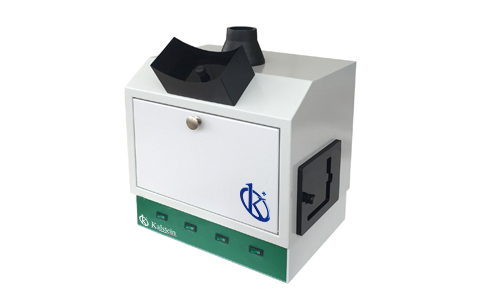
The gel transilluminator is an indispensable laboratory tool for scientists working in the field of genetics and molecular biology. By producing ultraviolet (UV) light, this scientific instrument allows effective and safe visualization of nucleic acids (DNA or RNA), stained with certain fluorescent dyes. However, to ensure optimal efficiency and safety, it is essential to know how to maximize its effectiveness for efficient handling and accurate results.
UV transilluminator: A game changer in molecular diagnostics?
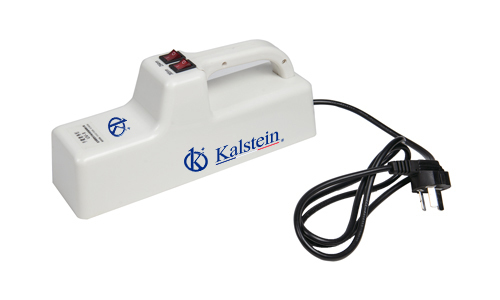
A UV transilluminator, also known as an ultraviolet light illuminator, is a crucial laboratory instrument, especially in genomic and proteomic studies. It allows visualizing and photographing various elements such as: gels prepared with RNA, DNA or protein samples that were previously stained with fluorescent substances.
The Sealing Machine: An Essential Investment for Every Dentist
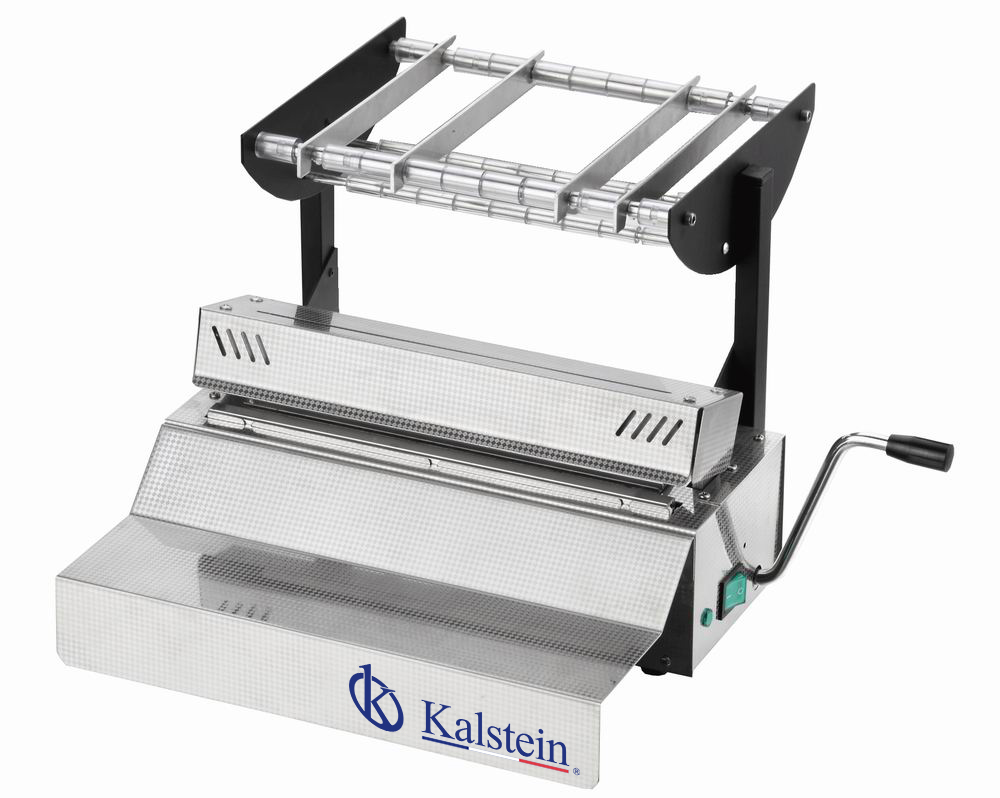
“Hygiene first,” is a common mantra in any dental surgery, and the sealing machine plays a critical role in promoting hygiene and infection control. This equipment is used for sealing, among other things, packages and trays of steel appliances containing sterilized instruments. This sealing prevents the entry of microorganisms and dust particles, ensuring that the instruments remain in a sterile state until they are used. In this way, a sealing machine acts as a protective barrier to keep dental care safe and infection-free.
Effective Management of a Total Organic Carbon Analyzer
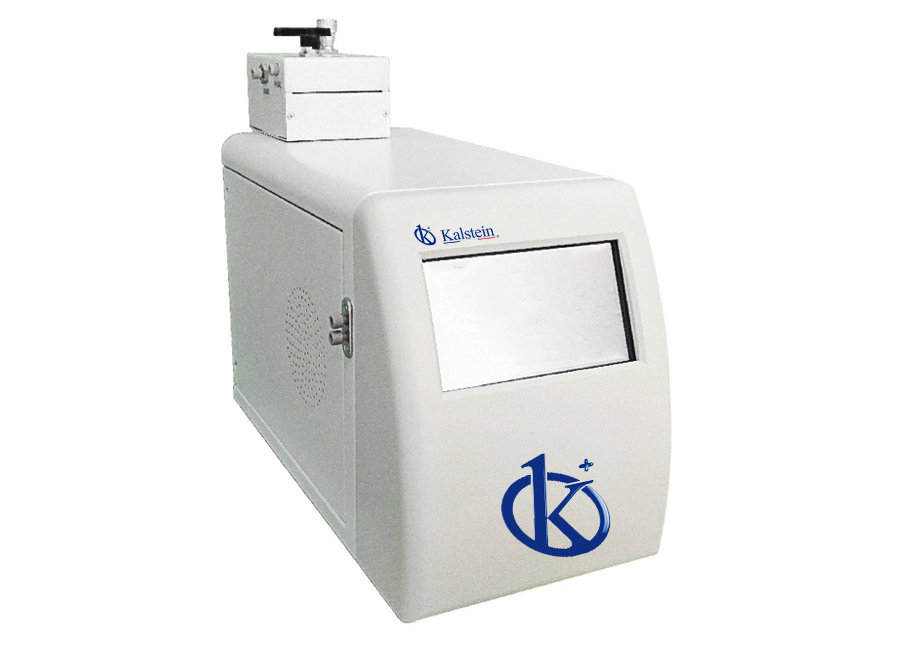
Technology has changed our world significantly, influencing every aspect of our lives, including science and industry. One crucial technical resource that has emerged is the total organic carbon (TOC) analyzer. This device is vital for accurately measuring the total amount of organic carbon present in water or a solid sample. However, the question arises: is special training necessary to operate a Total Organic Carbon Analyzer?
Keys to Effective Interpretation of Total Organic Carbon Analyzer Results
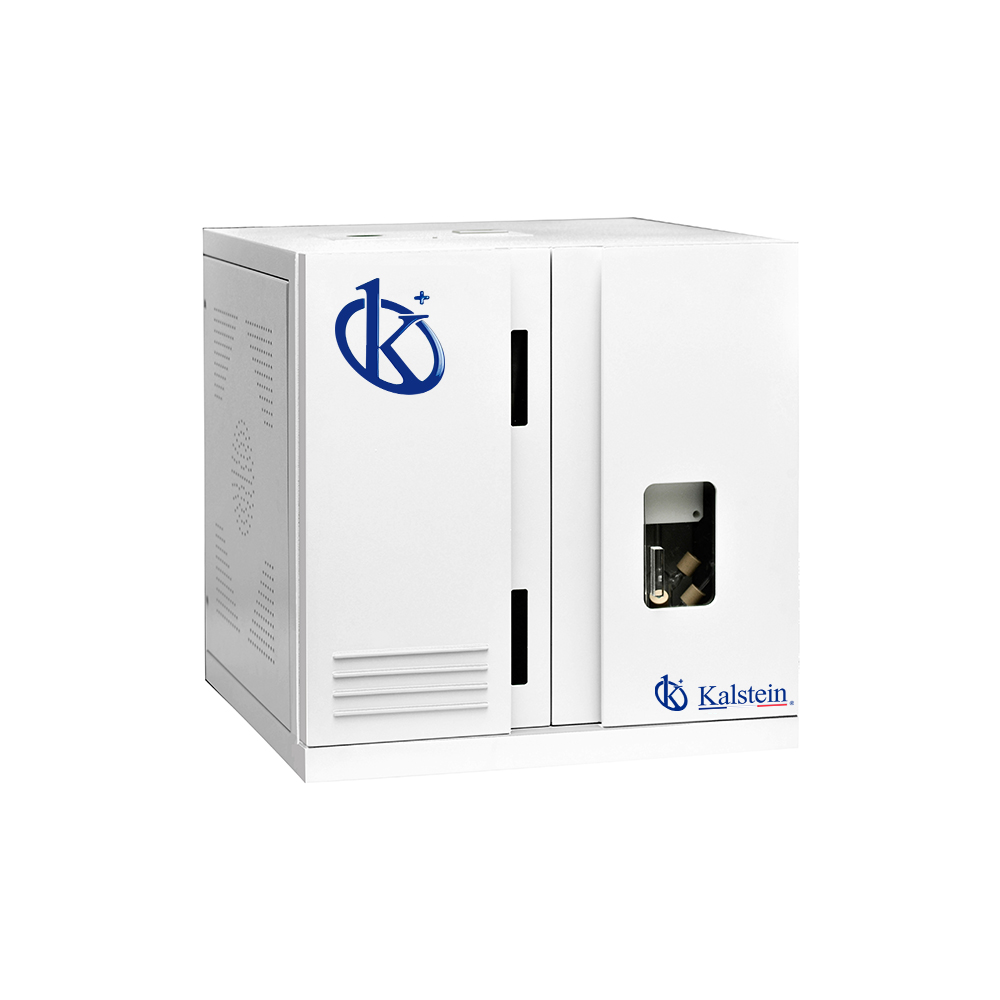
Efficient interpretation of TOCA results relies on a comprehensive understanding of how this highly specialized instrument works. In essence, the Total Organic Carbon Analyzer quantifies the organic carbon in the water sample by converting it to carbon dioxide through a chemical reaction, then measures the amount of CO2 produced. The TOCA can therefore differentiate between organic and inorganic carbon present in a sample, a crucial factor for its correct and accurate interpretation.
Visionary Features of the Total Organic Carbon Analyzer
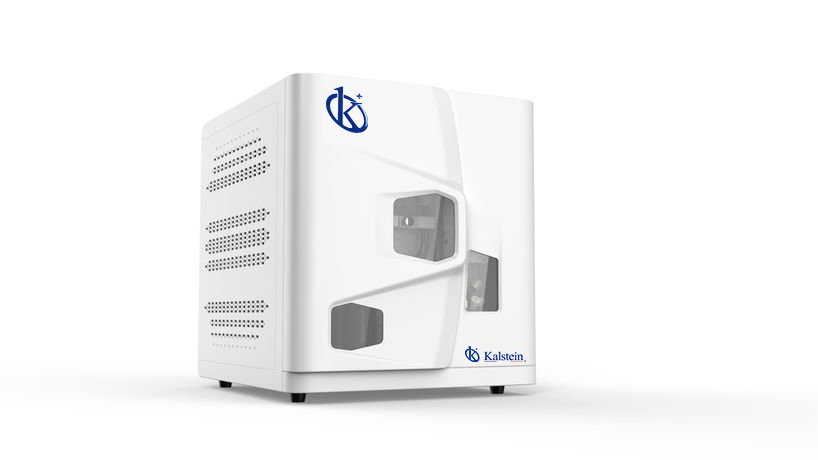
Today’s scientific and technological progress has significantly revolutionized the efficiency and effectiveness with which water and soil testing is performed. One of the key players in this revolution is the Total Organic Carbon (TOC) Analyzer. This device plays a vital role in the analysis of water and soil quality by enabling the rapid identification of organic residues.
How to Select the Right Total Organic Carbon Analyzer for Your Laboratory
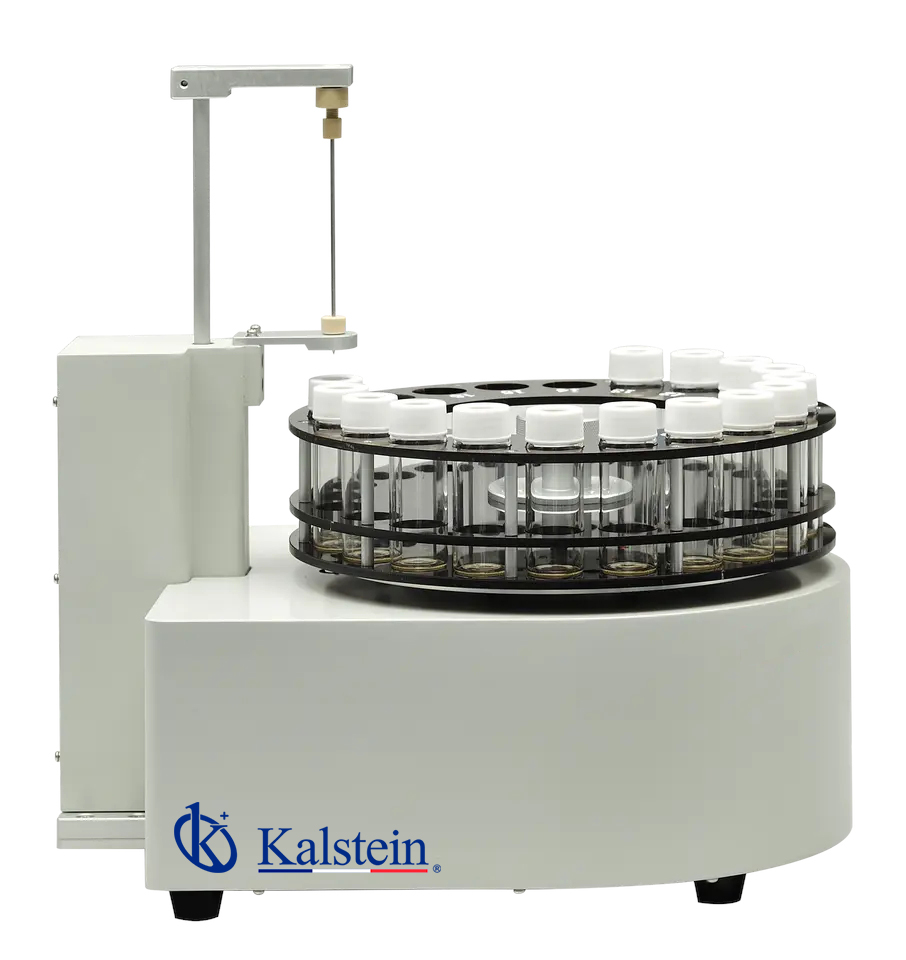
The inclusion of a Total Organic Carbon Analyzer in your laboratory not only allows for greater accuracy and efficiency in sample analysis, but is also crucial for compliance with quality control and environmental regulations.
How to Choose the Perfect Sealing Machine Model for Your Dental Office?

In any dental office, sterilization of material is vital to ensure the health and safety of patients. In this regard, a Dental Sealing Machine presents itself as an indispensable tool. However, with a wide range of models on the market, the choice can be overwhelming.
Achieving excellence in dental treatment: Choosing the right dental chair

Dental care institutions should be known for their commitment to excellence. They should be synonymous with exceptional care and patient peace of mind. While many factors contribute to this reputation, one vital element sometimes goes unnoticed: the right choice of dental chair.
Industrial Washing Machines: The Unknown Ally of Healthcare Facilities
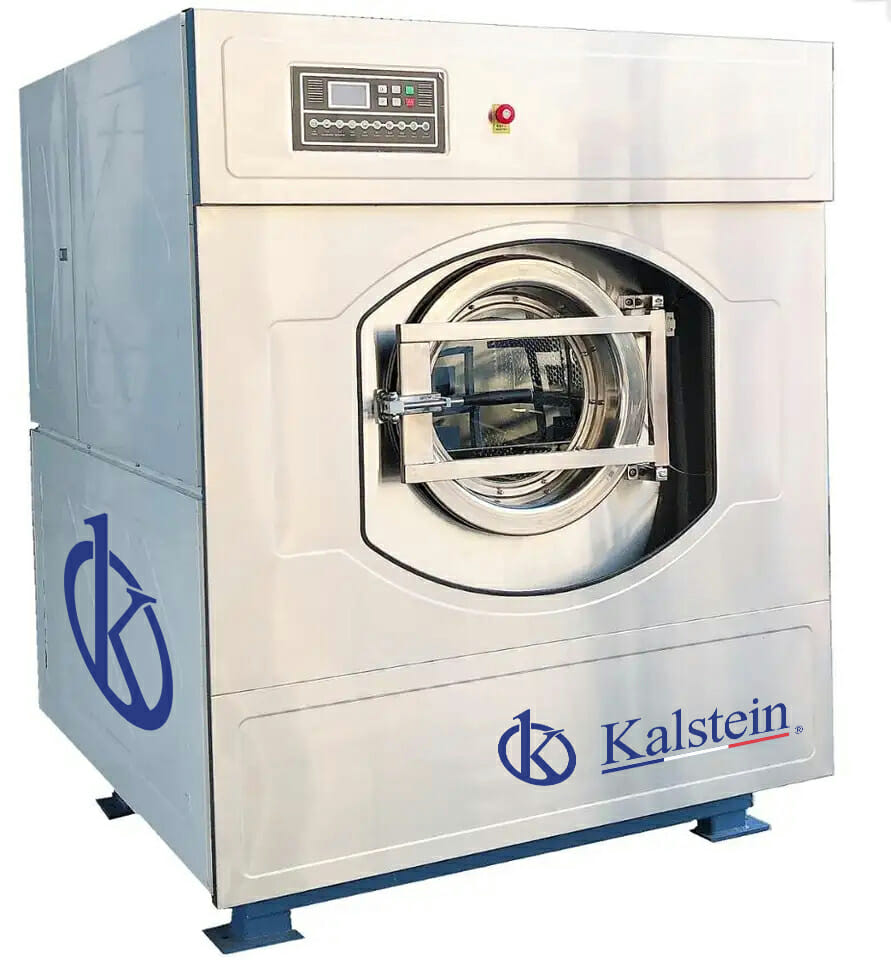
The healthcare industry has a number of technological allies that often go unnoticed, but play key roles in the day-to-day operation of medical facilities. One of these unnoticed giants is the industrial washing machine.
